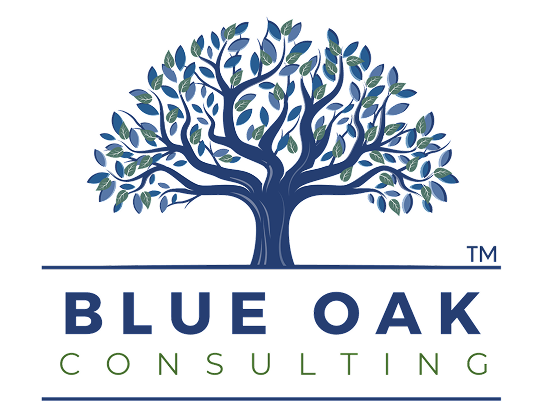Internal fit isn’t about having one great idea—it’s about making your whole business work together on purpose.
There’s a temptation in business to look for that one quick fix.
The one strategy, product, or marketing idea that will “fix” everything.
But here’s the reality:
There’s no single move that drives sustainable success.
Not in small manufacturing. Not in any competitive industry.
What actually works? Alignment.
✔ Alignment between what you offer and how you deliver it
✔ Alignment across teams, tools, and daily operations
✔ Alignment between strategy and execution
That’s what internal fit is all about. And two of the most useful tools to build it are:
- Activity Systems
- Value Chains
Let’s break those down—and make them actionable.
What’s an Activity System?
An Activity System maps out all the core things your business does—and how they work together to deliver your strategy.
Think of it like a blueprint. You’re not just listing tasks; you’re showing how one area supports another.
For example:
- Marketing drives demand →
- Sales qualifies leads →
- Production fulfills quickly →
- Customer service supports retention
And ideally? Those parts aren’t working in silos. They’re connected—and reinforcing each other.
✔ Great businesses don’t just have great departments. They have great connections between them.
What’s the Value Chain?
The Value Chain breaks down how your business creates, delivers, and supports your product or service—from start to finish.
It includes:
- Inbound logistics (receiving and storing materials)
- Operations (manufacturing or service delivery)
- Outbound logistics (shipping, distribution)
- Marketing and sales
- Customer support
Plus supporting activities like HR, procurement, and tech.
When you map it out, you start to see where value is created—and where it’s leaking.
So… Why Should You Care?
Because strategy without fit is just expensive wishful thinking.
You can say, “We want to be the fastest supplier in the region.”
But if your internal processes are slow, your vendors are inconsistent, and your team isn’t empowered to solve problems quickly—that strategy falls apart.
✔ Internal fit means your day-to-day operations actually support your big-picture goals.
How to Put This Into Practice (Without Overcomplicating It)
Step 1: List Your Core Activities
Start with production, marketing, sales, fulfillment, and service. Then ask:
- How does this activity support our strategy?
- What depends on it?
- Is it a strength—or a bottleneck?
Step 2: Map the Connections
Draw it out. What leads to what? Where do handoffs happen? Where do they break?
Look for:
- Redundancies
- Gaps
- Conflicts (e.g., trying to be low-cost and ultra-customized at the same time)
Step 3: Evaluate for Fit
Ask:
- Are our activities working together—or pulling in different directions?
- Do our operations match our market promises?
- Are we investing in the areas that create the most value?
One More Thing: Stop Chasing the Quick Fix
Maybe you’ve got one product that’s flying off the shelves. Or a process that’s become your secret weapon.
That’s great—until the market changes. Or someone copies you. Or the patent expires.
✔ Sustainable businesses don’t rely on one thing. They build systems that adapt and evolve.
Strategy Isn’t Just What You Say. It’s What You Do—Together.
The best manufacturers I work with aren’t chasing trends. They’re focused on building tight operations, clear connections, and internal systems that reinforce their goals.
That’s how you scale. That’s how you compete. And that’s how you last.
👉 Learn more at blueoakconsulting.net





